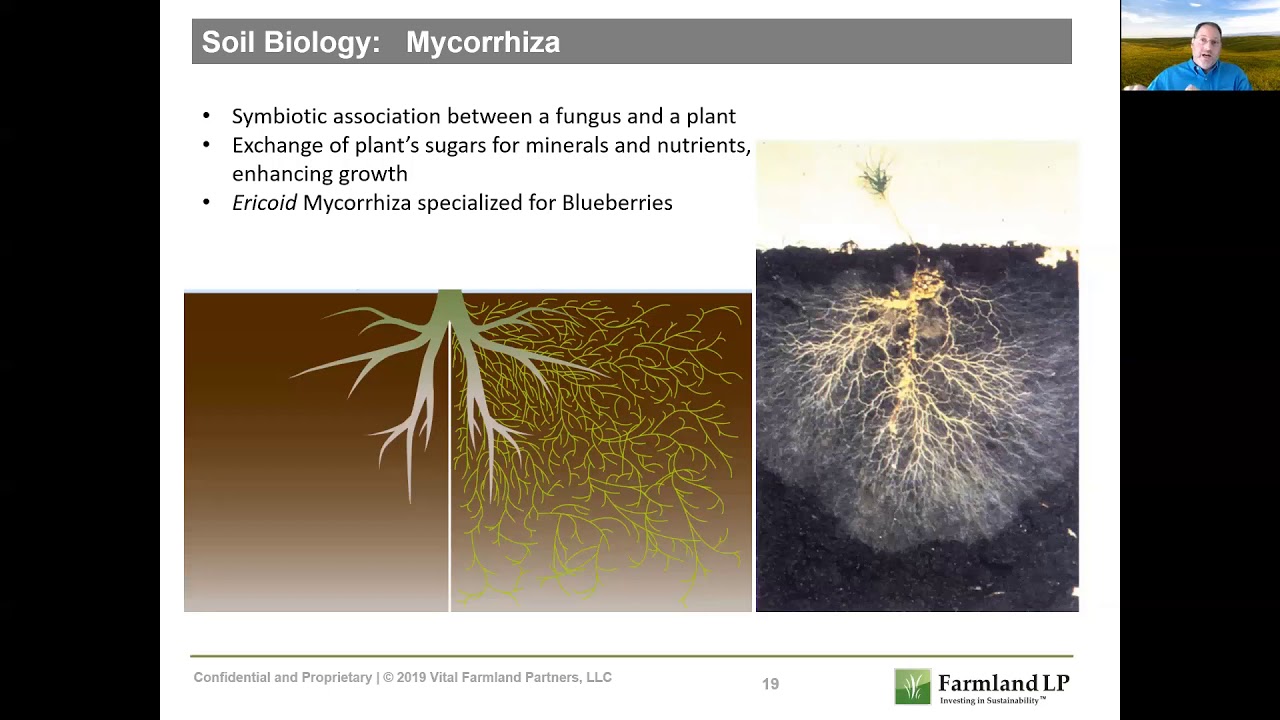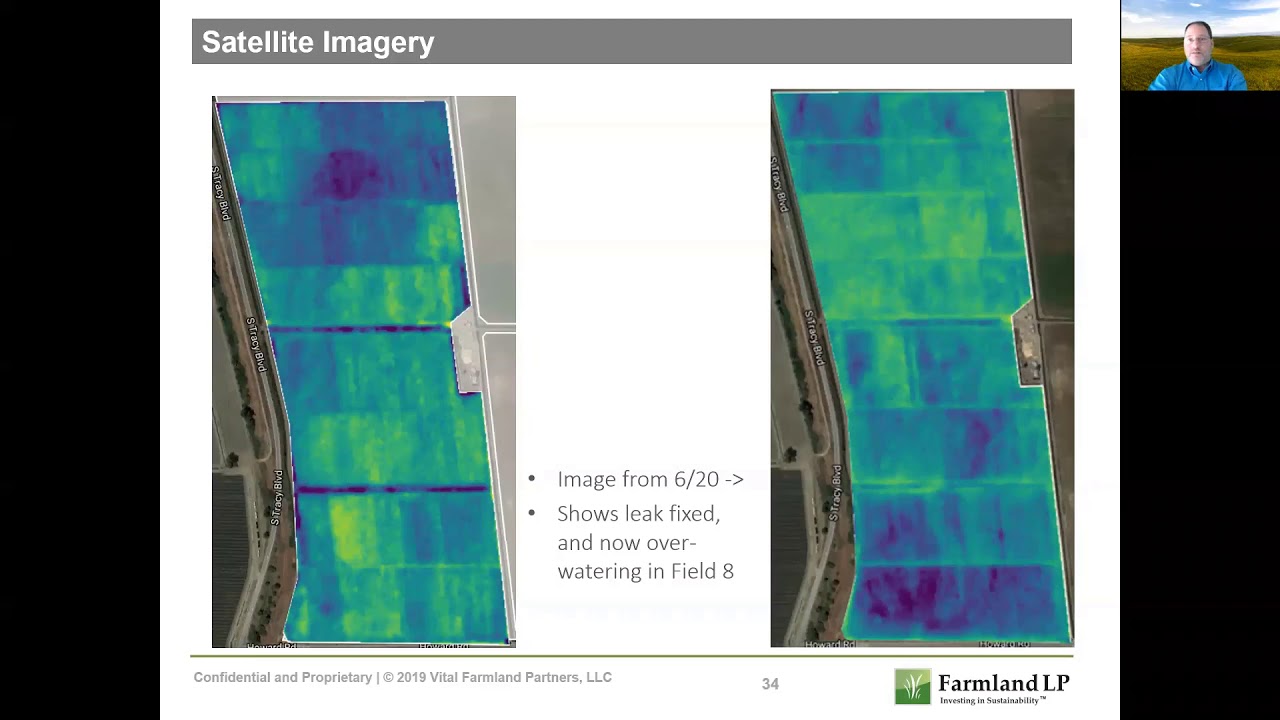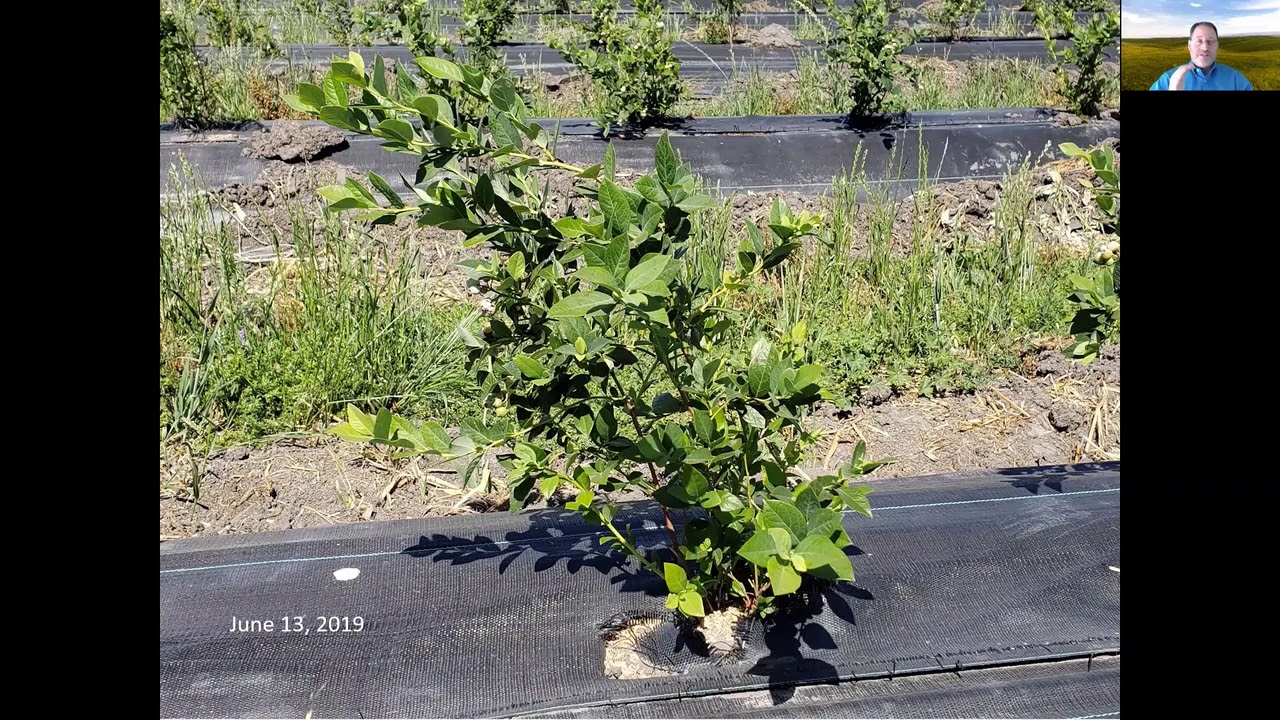While it’s soooo tempting to write about the stomach-churning drop/spike/dive thrill ride the financial markets have embarked on after this week’s Federal Reserve rate cut, I will resist and instead direct your attention to a topic much more important to our future.
Here at PeakProsperity.com, we’ve long warned about the dangers of inflation and of devaluation of the purchasing power of fiat currency over time. And the past decade has done nothing but validate our concerns, as the world’s central banks nearly quadrupled the money supply by printing roughly $14 Trillion out of thin air since 2008.
We’ve long encouraged investors both big and small to invest in tangible wealth (aka “hard assets”). These are assets that have intrinsic value that can’t be inflated away to nothing by a runaway printing press.
One of most desirable forms of tangible wealth is productive farmland. No matter what happens to the dollar, the Euro, the yen, or the yuan, people will always need to eat; and will trade cash, goods, services or labor for the farmer’s output.
But farmland, especially quality farmland, isn’t easy to own.
Not many folks can realistically purchase a farm. Few have the (substantial) capital to buy one, and way fewer have the expertise, energy and temperament to manage and operate one.
There aren’t many other options for investors besides purchasing shares of the publicly traded mega-producers.
But for those deeply troubled by the extractive and rapacious nature of most modern conventional farming practices – which are ruining our priceless topsoils, depleting aquifers, killing off the insects, creating toxic algal blooms and dead zones in our rivers and oceans, and producing unhealthy foods, to boot – how can you avoid supporting the evils of Big Ag?
Better Models
The good news in this story -- and the main thrust of this article -- is that there are better models out there today that we can support and participate in. And they're getting better as time goes on.We’ve done a lot to shed light on a number of these practices. From the amazing results produced by the ‘no-till’ farming style pioneered by Singing Frogs Farm, to Joel Salatin's nature-based livestock/produce rotation, to permaculture and urban farming.
And for years, we’ve followed the efforts of Farmland LP, a fund focused on applying sustainable farming techniques at scale, over tens of thousands of acres in the US Pacific Northwest. [Full disclosure: I’m an investor in both of Farmland’s funds]
Farmland LP purchases conventional farmland in areas with favorable growing climates and dependable access to water (along with the most senior riparian rights to it). It then converts that acreage to organic status through a multi-year transition process.
Ultimately, where there used to be a conventional monocrop operation, there’s now highly-varied output across a multitude of organic goods (including produce, grains, grasses, fruits, livestock, nuts and seeds). The farm is selling healthier and (much) higher profit foods, while improving the health and nutrient-density of its soil. A first-hand account of our tour of their California operations can be read here.
I recently sat through their latest investor presentation on Farmland LP’s Fund 1 and was quite impressed by the sophistication of their operations, and by how they’re marrying the latest science in soil biology together with “smart” technology to better deliver on their mission at scale.
I received permission to share some of the footage with you, which I’ve provided below, to show how their approach is yielding healthier, more prosperous harvests – while farming the land sustainably.
The following clips follow their blueberry crop plantings, which is a relatively recent undertaking for the fund.
Why Blueberries?
A few years back, Farmland LP's management realized that the blueberry market was exploding, yet vastly underserved. And so it swiftly and smartly positioned itself to service the trend.Given the public’s shift to healthier foods and the fast-expanding size of the world’s middle class, demand for berries is sky-high. And among all berries, blueberries are gaining share; currently at 28% of all berries consumed.
Folks desperately want organic blueberries, but there’s tiny supply right now. Of all blueberries sold last year, less than 1% were organic.
There so little supply because a) there’s not that much organic-certified farmland in the world and b) blueberry bushes take 3 years to grow before they start producing commercially. There are literally hundreds of customers competing for every single organic blueberry grown right now. The farmers can’t grow them fast enough.
Which is why organic blueberry volume sold increased 48%(!) in 2018 alone (vs 2% for conventional blueberries).
So that’s why Farmland is so focused on adding this crop to its ‘acreage portfolio’ at this time.
Chemistry In Support Of Biology
As Paul Kaiser of Singing Frogs Farms hammers home: Earth is the only planet with biology, that's what makes it special. All the others only have chemistry.The Farmland team gets this. And unlike conventional farms that simply truck in chemicals year in and year out to replace the soil nutrients they stip-mined the previous season, Farmland LP is focused on building soil ecology and nurturing it over time.
Their motto is: “Chemistry in service to Biology”.
Which is apparent in the clip below, where they detail how they optimize soil pH and foster the growth of mycorrhiza, a symbiotic fungus that creates far more extensive nutrient-collecting networks than the relatively shallow blueberry root system can on it own:
The Farm-Tech Boom
Atop the natural science, the Farmland team is busy applying the latest developments in agricultural high-tech. Huge advances are being made now in remote diagnostics and 'farming intelligence' that are enabling farmers to identify issues early, address them from an office, and then keep conditions optimized thereafter:
The Result?
OK, all of this sure looks snazzy. But what kind of impact does it have? What kind of difference, if any, does it make to the resulting harvest?Take a look for yourself:
That's pretty convincing evidence. Especially when they compare their crop to the anemic one growing at a nearby competitor's conventional farm.
Better Farming = Better Soil = Better Planet
I'm a big fan of the Farmland LP model for a number of reasons, but first among them is that it provides a very visual confirmation that we *can* do things better.Society simply needs to choose whether it wants to or not.
But really: Who wouldn’t want a national farming model that is regenerative rather than extractive? That produces healthier food, deeper more nutrient-dense soils, and more profit for farmers? That requires far less water, fossil inputs, or pesticides/biocides?
Farmland LP offers such an alternative. And there are many other eco-preneurial farmers out there innovating others. We don’t have to anoint any of these as “the best”; we can let these guys loose and see which ones stand the test of time.
But in order to give them a fighting chance, we need to support these new models – with our patronage, our advocacy, and our investment capital.
That’s why I buy from local farmers in my area, support local CSAs (and even ran one for a time), serve on boards that support local producers, and am an investor in both of Farmland LPs funds.
You don’t have to follow my exact steps; but I do encourage you to ask yourself: Am I doing enough to support the food production models for the future I want to see?
In Part 2: The Full Farmland Model, we make available the full-length Farmland LP video presentation that the above clips were taken from.
It’s an hour long and goes into much more detail on property management and operations, as well as the financial returns on this way of farming.
Those curious about how much revenue can be produced by treating soil right will find the insights of great interest.
Click here to read Part 2 of this report (free executive summary, enrollment required for full access).
This is a companion discussion topic for the original entry at https://peakprosperity.com/the-future-of-better-farming/


